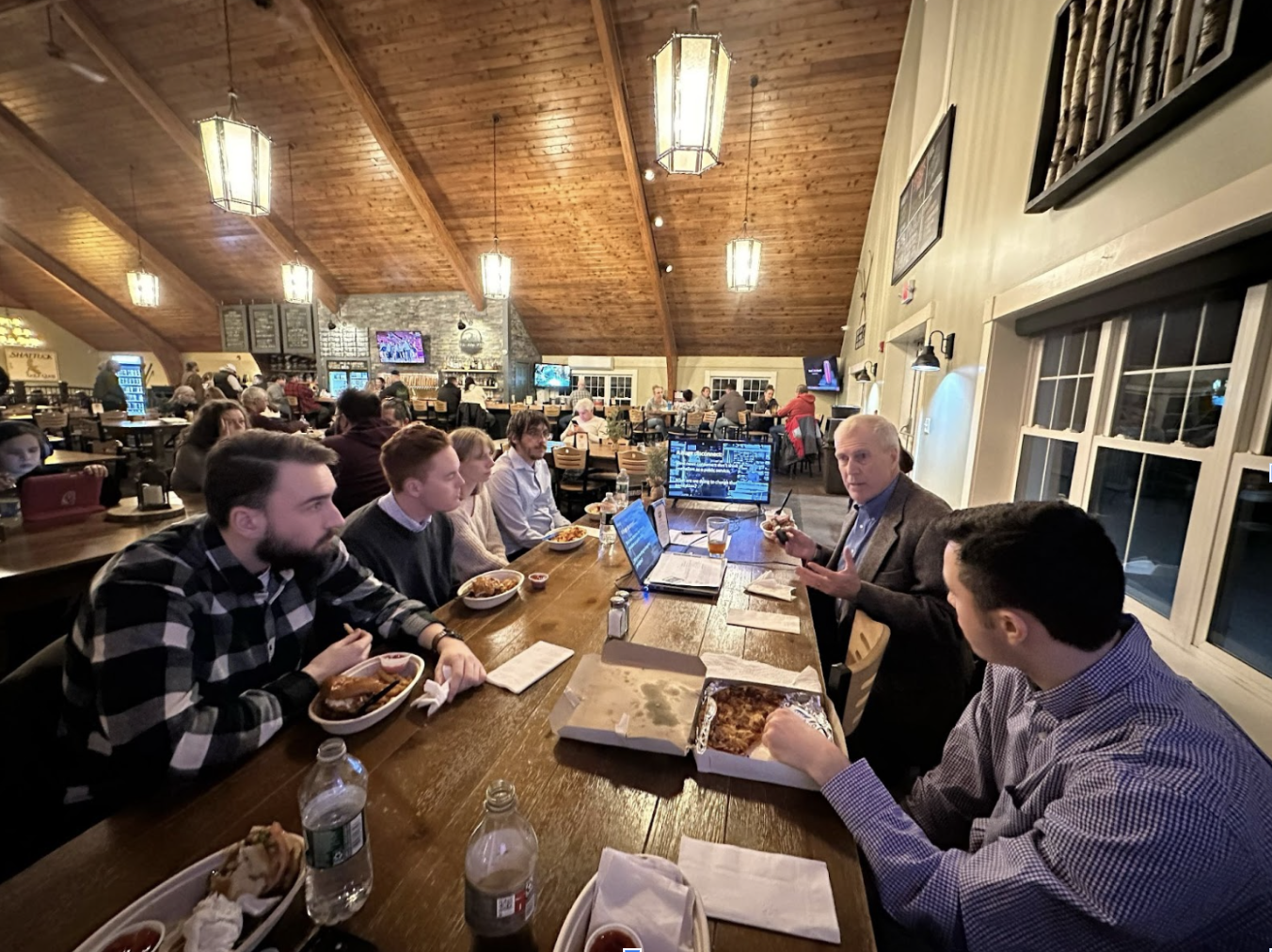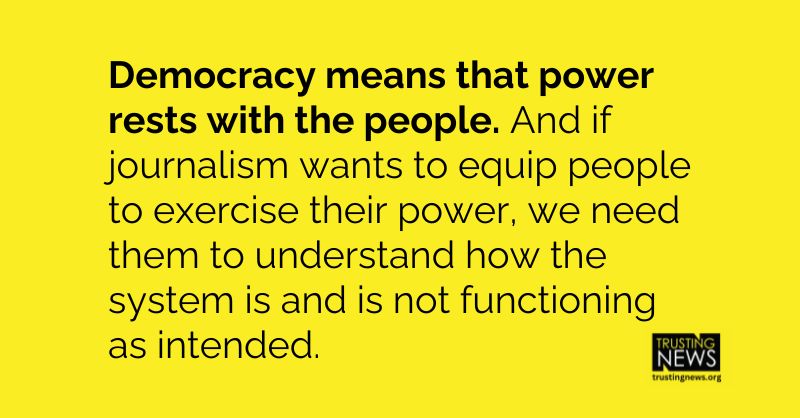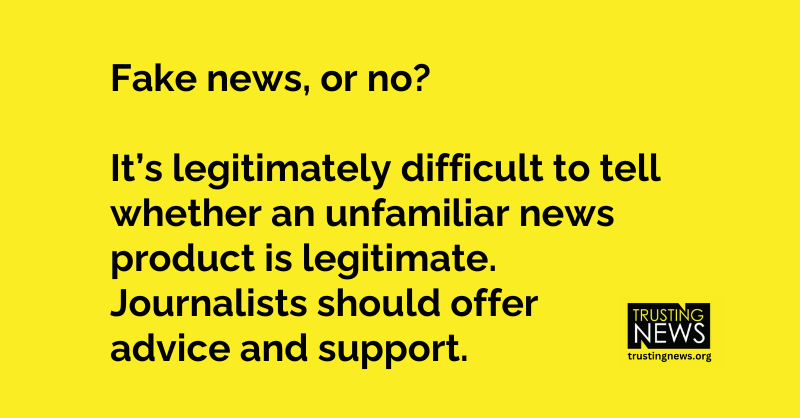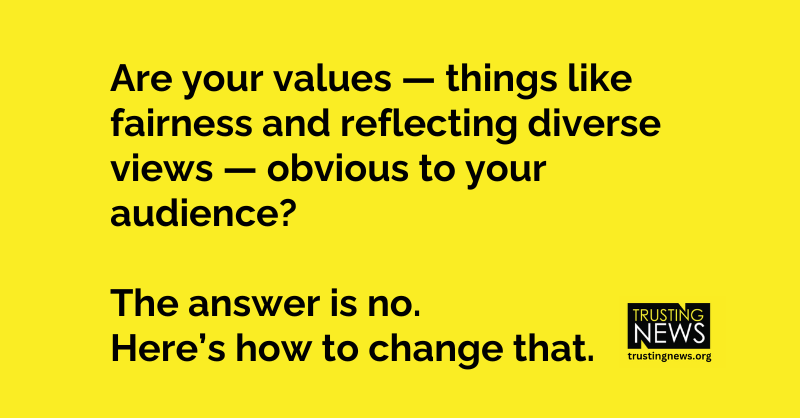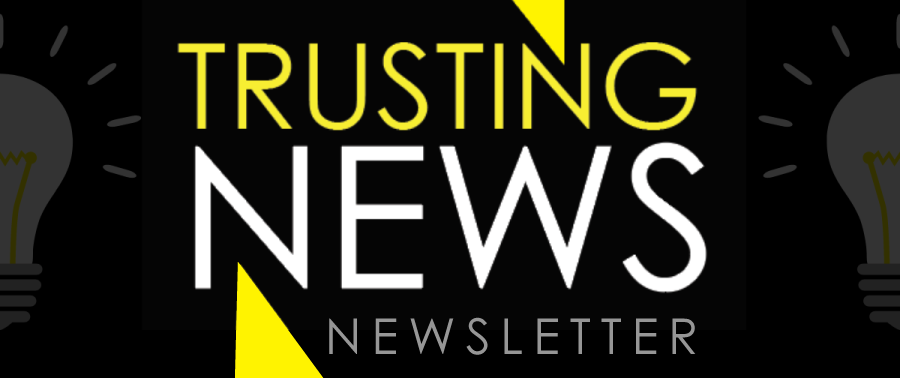
This weekly Trust Tips newsletter shares quick, actionable tips for how journalists can earn and sustain trust. Subscribe to get it in your inbox at trustingnews.org/newsletter.
Talk about how reporters are surprised by what they learn
Want to get this Trust Tips newsletter in your inbox each Tuesday? Subscribe here.
A common complaint about news coverage is that journalists are pushing a predetermined narrative. Many people believe we’ve already made up our minds about what’s true and are selecting facts and stories that fit our plan.
Of course a version of that is sometimes true. Sometimes we DO have a solid idea of what a story will be before we do the reporting.
But with more complicated, exploratory stories, responsible journalists remain open to where the facts will lead them. They resist being blinded by their own assumptions or ignorance.
Journalists often enter a story with a hypothesis, but they apply a version of the scientific method to their work, reassessing and confirming their understanding of reality. They are committed to a process of “open-minded inquiry,” as Tom Rosenstiel said during a Poynter panel discussion on the concept of objectivity.
Where’s our counternarrative?
As regular readers have heard us say a time or two before, in the face of misassumptions about how journalism works, we need a counternarrative.
If people don’t believe journalists stay open-minded, challenge their own assumptions and go where the facts lead them, how are we on the record about what’s actually true?
Hear from a New York Times investigative reporter
The Daily podcast from the New York Times often includes promo spots from individual reporters, pulling back the curtain about their process. (We’ve written about those spots before.)
In a recent one, reporter Hannah Dreier talked about her willingness to be surprised and her desire to challenge assumptions.
“So much of my process is challenging my own assumptions and trying to uncover new information that often goes against what I thought I would find. All of my reporting comes from going out, seeing something, and realizing “oh, that’s actually the story.” And that reporting helps readers challenge their own assumptions and come to new conclusions for themselves.”
Where else can messages like this go?
Messages like this one can work well as part of a house ad or internal promo on any platform.
They’d also be a good addition to an FAQ on your site about how your team operates. Here’s how to create a simple FAQ, and here’s an example of a great one from the investigative team at the Seattle Times.
This would be most effective, however, when connected to a specific story. What questions did you set out to answer, and how were you surprised? Try articulating that in an infobox next to a story, in a sidebar or in an editor’s column. Or think about including it in a newsletter, social post or social video.
For ideas of how to work your process language into your daily journalism, see our Transparency Trust Kit.
At Trusting News, we learn how people decide what news to trust and turn that knowledge into actionable strategies for journalists. We train and empower journalists to take responsibility for demonstrating credibility and actively earning trust through transparency and engagement. Learn more about our work, vision and team. Subscribe to our Trust Tips newsletter. Follow us on Twitter, BlueSky and LinkedIn.

Executive Director Joy Mayer (she/her) founded Trusting News in 2016 after a 20-year career in newsrooms and teaching. She lives in Sarasota, Florida, and can be reached at joy@TrustingNews.org.
